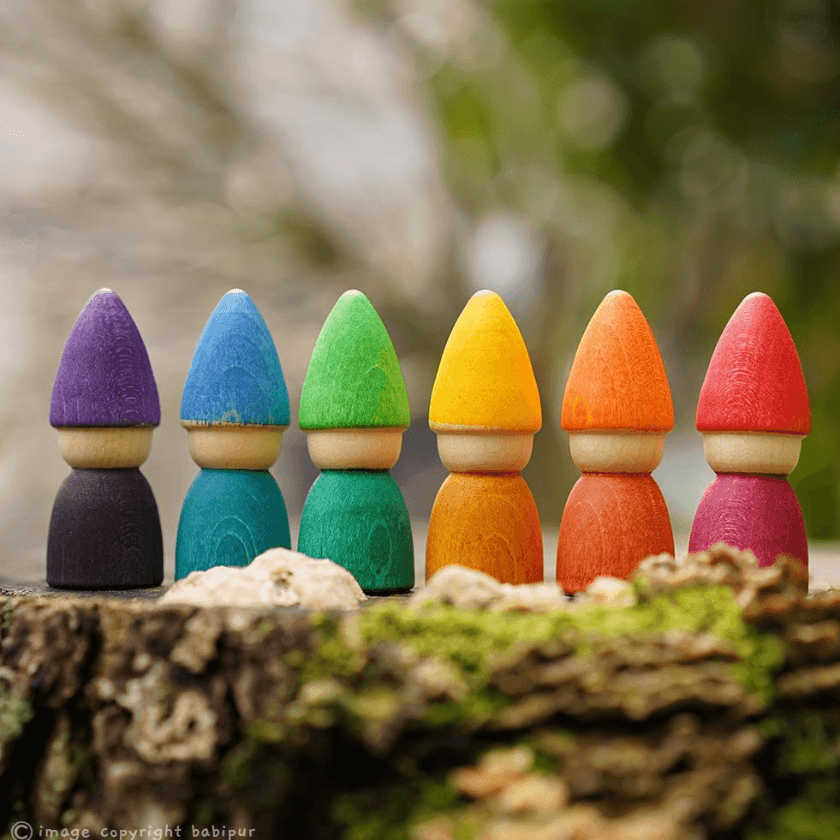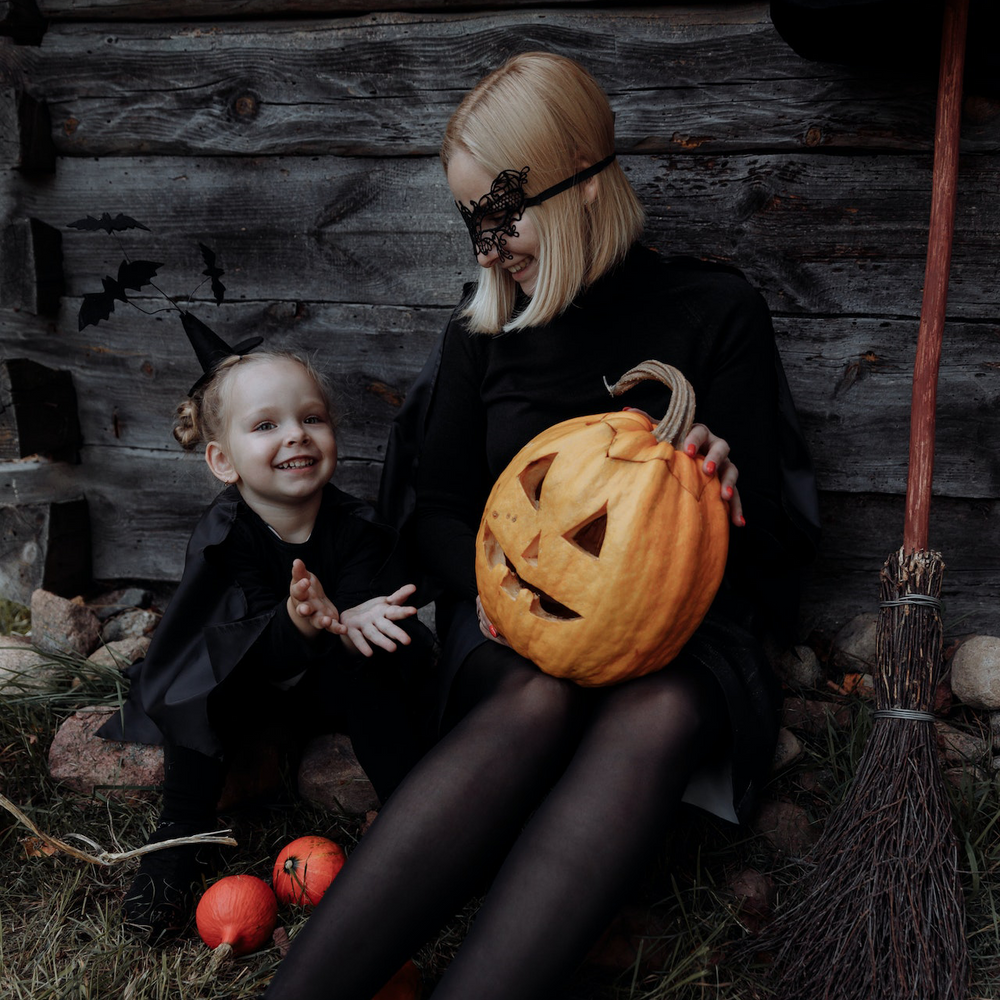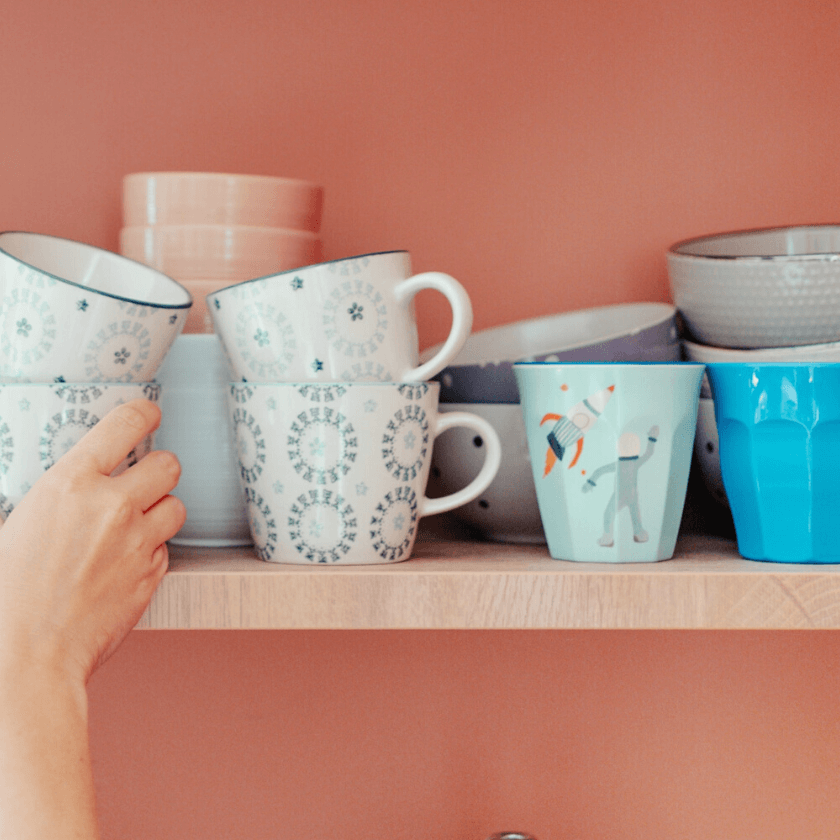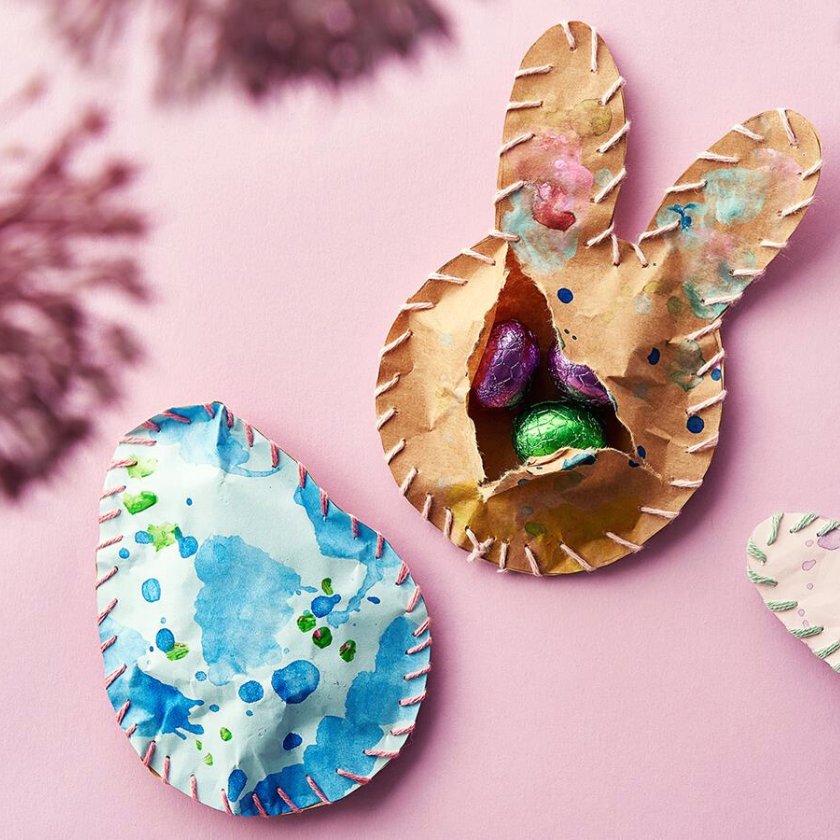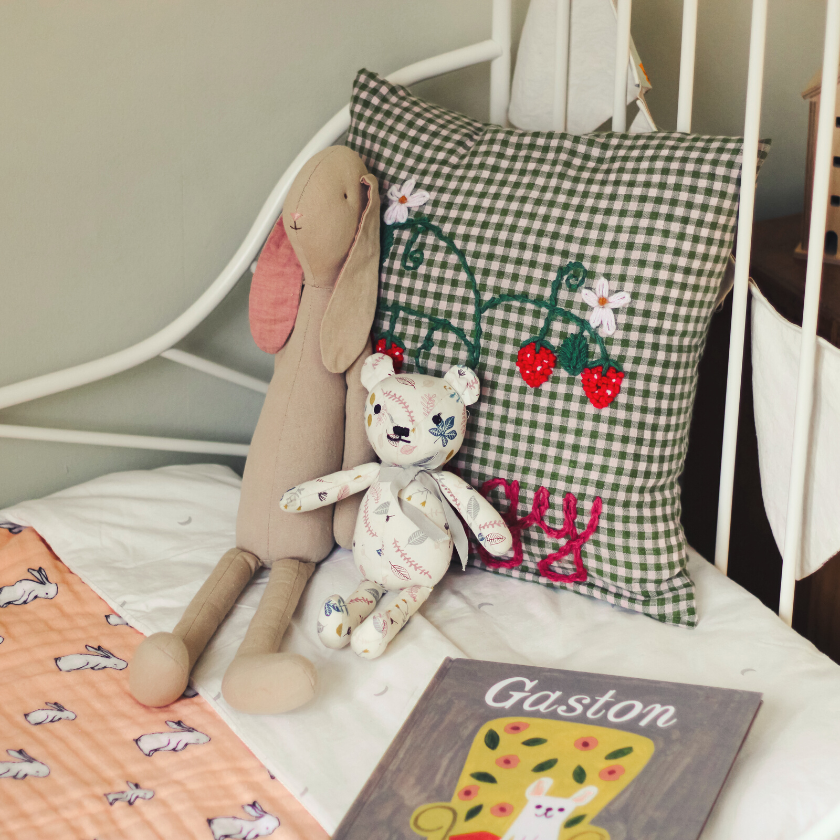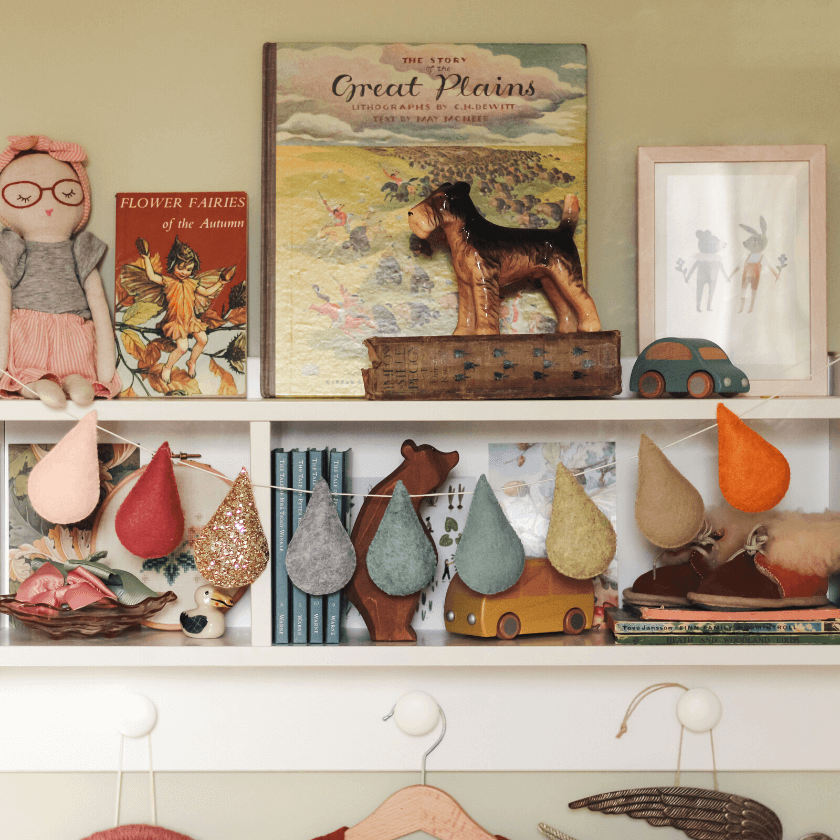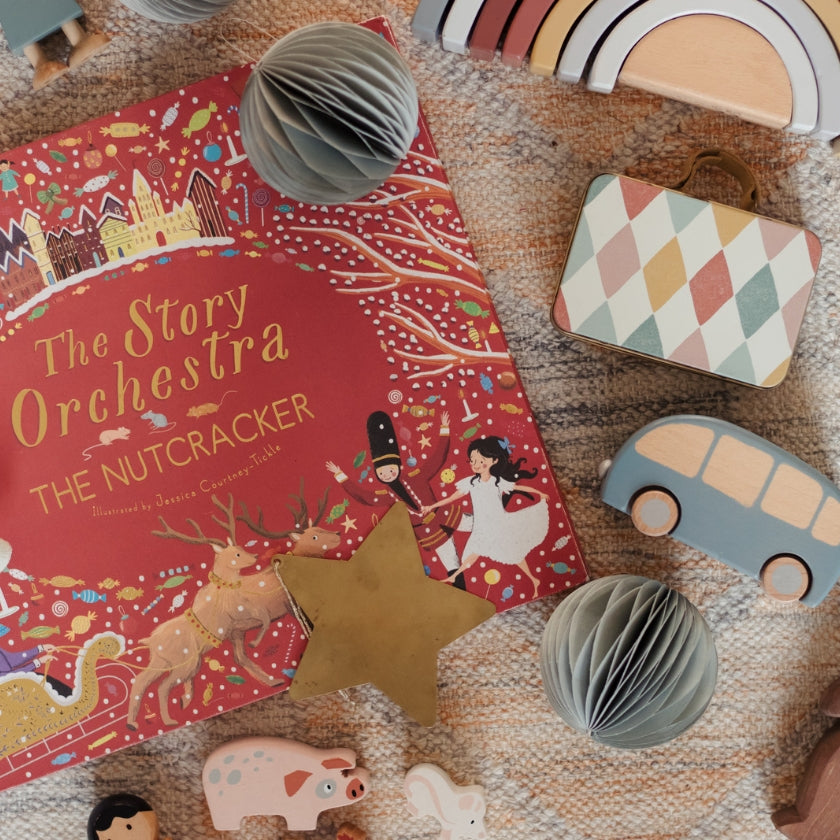Inspo
The unexpected benefits of
knitting & crocheting
By Georgina Rodgers
Looking for a way to be fun and creative and boost your well-being?
The Tokyo Olympics were full of many memorable moments but none captured the heart of the nation quite as much as Tom Daley sitting on the poolside with his needles and yarn. For many people, meditation or yoga have become life-changing habits that have helped them feel calmer during times of stress. And as Tom has shown the world, there are other ways to help improve well-being and knitting is now firmly on this list.
A review of studies from Knit for Peace linked knitting to a host of physical and mental well-being benefits. Yes, knitting will not just result in a new scarf or hat – or in Tom’s case, a pouch for his medal and a cardigan – research has shown it can help with anxiety and depression, distract from chronic pain and reduce loneliness and isolation.
Knitting for mindful meditation
In Research has shown that knitting can be a form of meditation and can be used to treat depression and chronic pain. One study of 3500 knitters found that the more frequently people knitted, the calmer and happier they said they felt. The repetitive and rhythmical motions are said to calm the heart and breathing rates. This action is said to release serotonin, a neurotransmitter that regulates mood and well-being. Another study in 2007 conducted by Harvard Medical School’s Mind and Body Institute found that knitting lowers the heart rate by an average of 11 beats per minute, inducing a state of calm, similar to that of yoga.
Knitting to keep the mind active
Knitting and crocheting have been linked to a number of studies that show that crafting hobbies can reduce the risk of mild cognitive decline over time. These crafts stimulate the whole brain at once and can be used to improve motor function.If you are knee-deep in nappies and nursery rhymes and are looking for a relaxing way to challenge and use your brain, knitting helps to keep the mind sharp and active. It has also been shown to improve thinking, memory, and concentration skills. The more we use our brains, the healthier they are!
Creating community
When we think of knitting, we might conjure up images of white-haired ladies in rocking chairs but this is a fraction of the world’s knitting community and the hobby appeals to people across all ages and from different backgrounds.
Being a parent can be lonely at times and knitting shown to reduce feelings of isolation and loneliness across whole communities. Many knitters enjoy sharing their passion for their hobby with others, in person or online. There are many Facebook groups and clubs where people share their creations, including groups for passionate knitters – Addicted to Knitting and men – Real Men Knit.
Knitting for the family
Are your children old enough to learn how to knit? This could be something you could learn to do together. Advocates of knitting teach young children to knit when they are young. As well as boosting concentration and focus, it hones fine motor skills and helps with logic and patterns. In the same way, you learn to read from left to right, knitting follows the same rules. It is also very creative, so you or your child can pick colours and patterns. Best of all with a finished item at the end, there is an in-built reward system!
Getting started
What do you need to get started? Needles, yarn, and a pattern. There are many different resources to get started. Buy needles that are lightweight and flexible and learn to hold them correctly with this Lovecrafts video guide. Thicker yarns are easier for beginners to knit with than the thinner varieties. To cast on and off, Hobbycraft has a photo-illustrated tutorial that is simple to follow.
Then all you need to do is choose a simple pattern, and get started. Happy knitting!
About the Author
Georgina Rodgers regularly writes for parenting and lifestyle titles. Her books include Peace of Mind: A Book of Calm for Busy Mums. She is also a mum of two daughters.
You might like...
Need a good read, with your feed?
Stay on the loop on all things Nannycare with our newsletter



